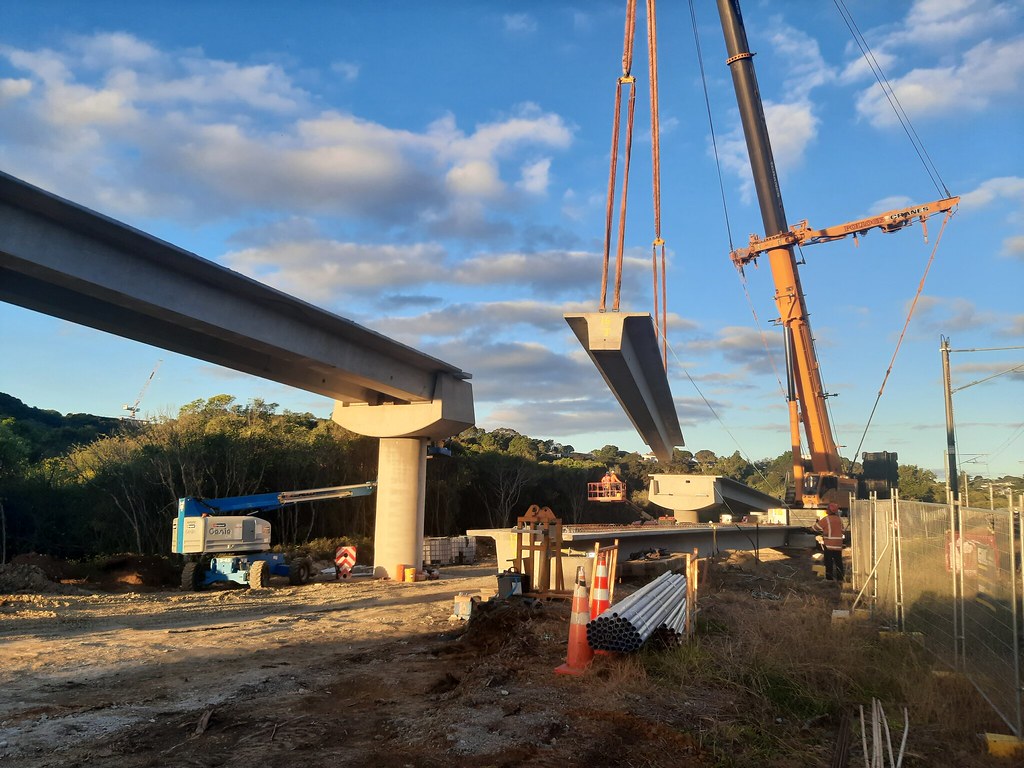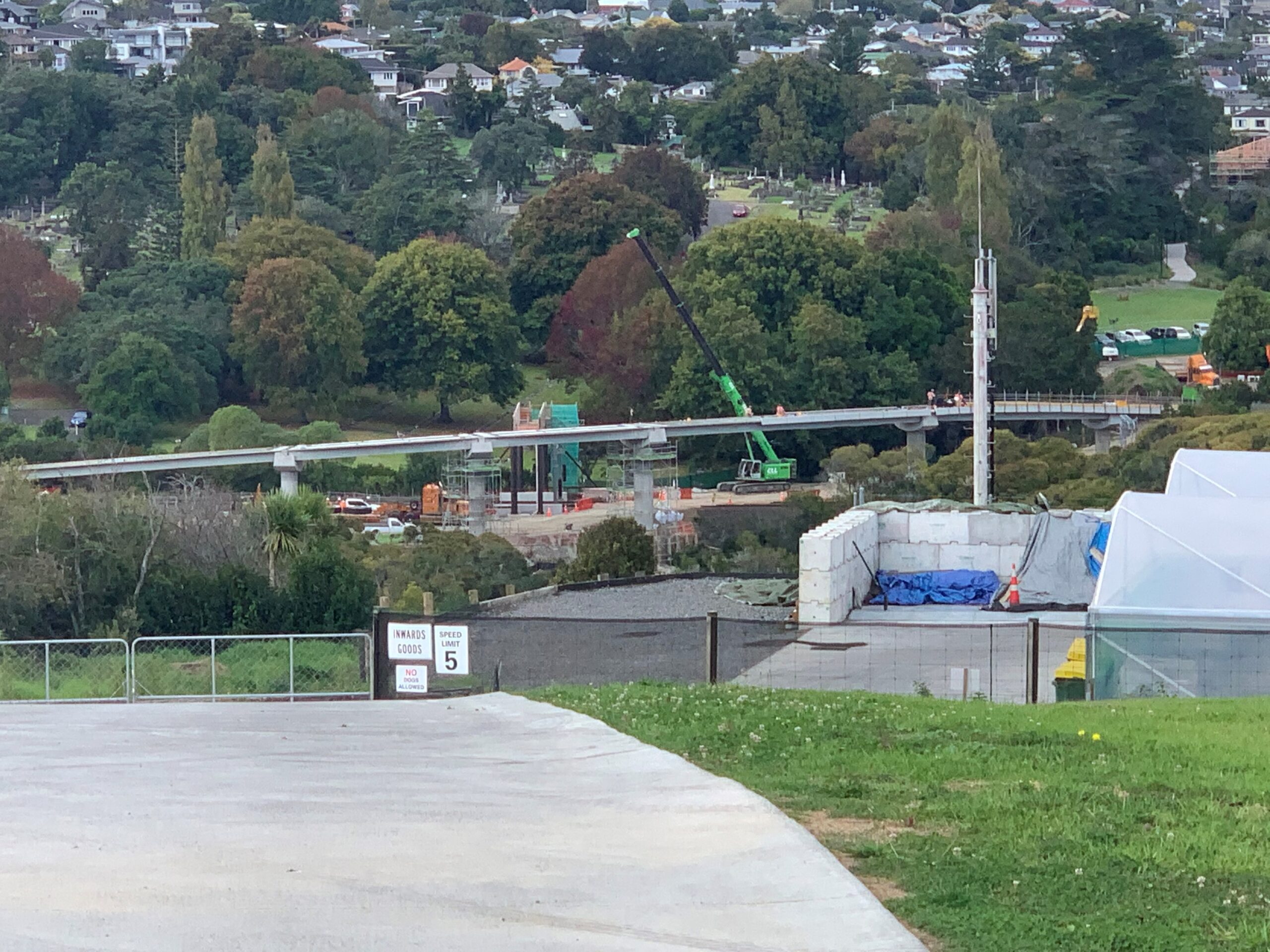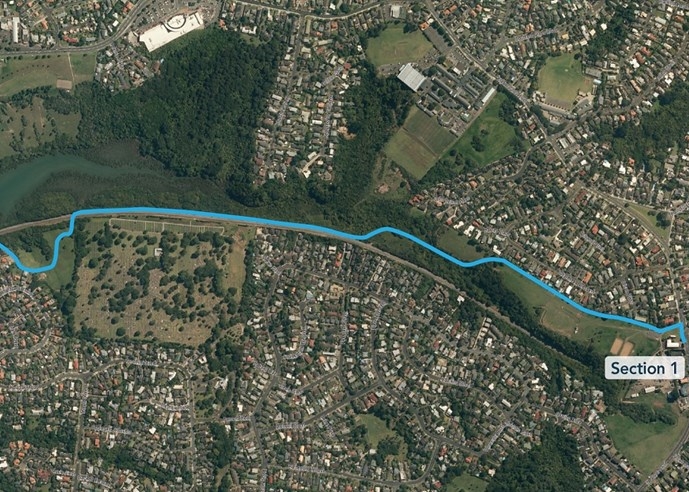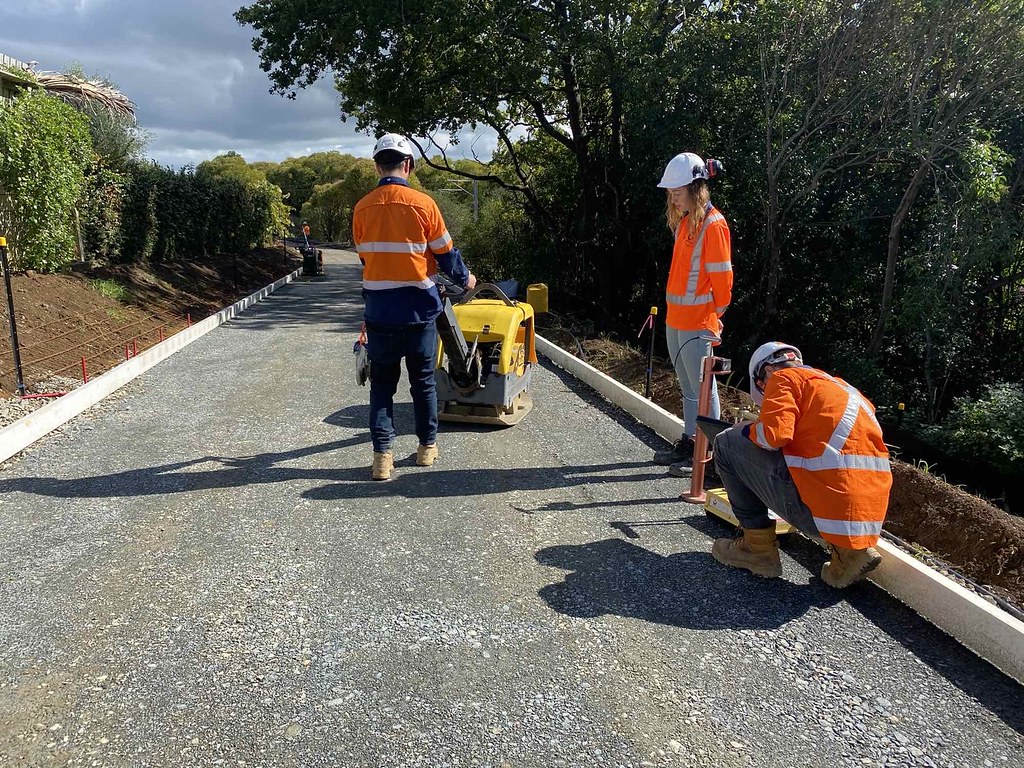The Challenge:
Te Ara Ki Uta Ki Tai (the path of land and sea), is a 7km-long path through Pourewa Valley, over the Eastern rail line and through Tahapa Reserve. The need for a high-quality user experience had t be considered alongside a sensitive construction plan that included input from local community and iwi involvement. Enabling better connections for active modes and links to public transport, the project was also expected to become one of the city’s most scenic bike routes.
The Outcome:
Waka Kotahi NZ Transport Agency and Auckland Transport worked in partnership with Ngāti Whatua Ōrākei on the design and build. Careful design and planning mean the construction impact was kept as low as possible, and included thoughtful landscaping, art installation and lighting design.
Our Involvement:
Te Ara Ki Uta Ki Tai is an excellent example of the kind of project that Resolve Group likes to be involved with. A wonderful project with positive outcomes for the wellbeing of communities and for improved active mode options.
Resolve assisted Waka Kotahi NZTA and Auckland Transport throughout the various stages of the project lifecycle and Steve Griffith, Hussam Abdul-Rassol and Martin Leak have been involved since the project’s inception. Specifically, we were involved in:
- Programme Management – Resolve was responsible for the timely delivery, and oversight of all four stages of the project.
- Procurement advice – Resolved completed procurement plans, and undertook tender evaluations for individual stages of the project.
- MSQA services – For Section 2 (the largest section with a $30m budget), our work focused on ensuring quality of delivery and timeliness. This was of utmost importance for such a high-profile project with significant programme and financial constraints.







